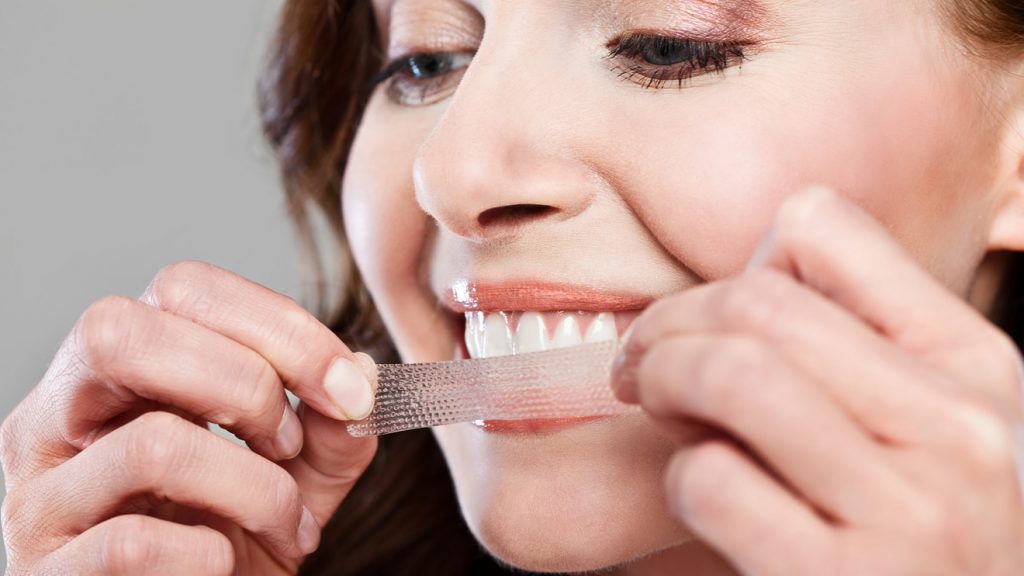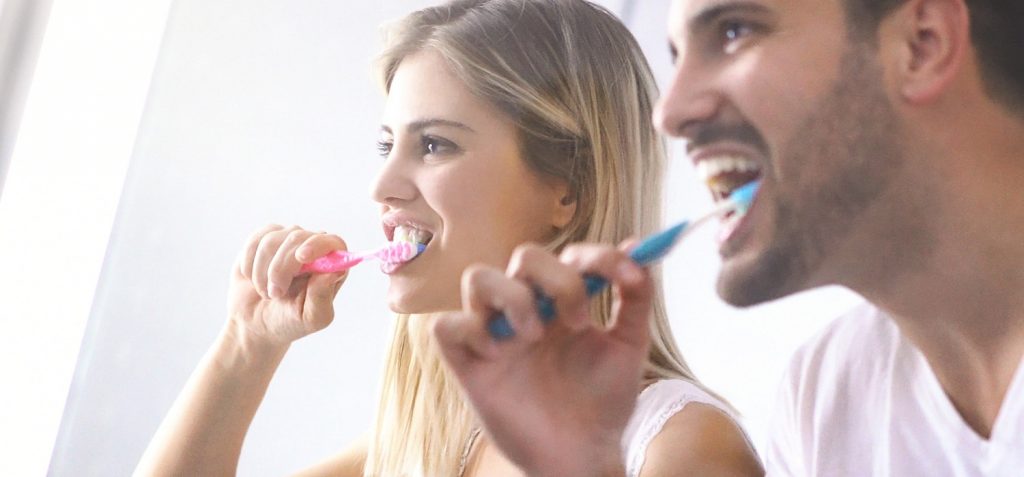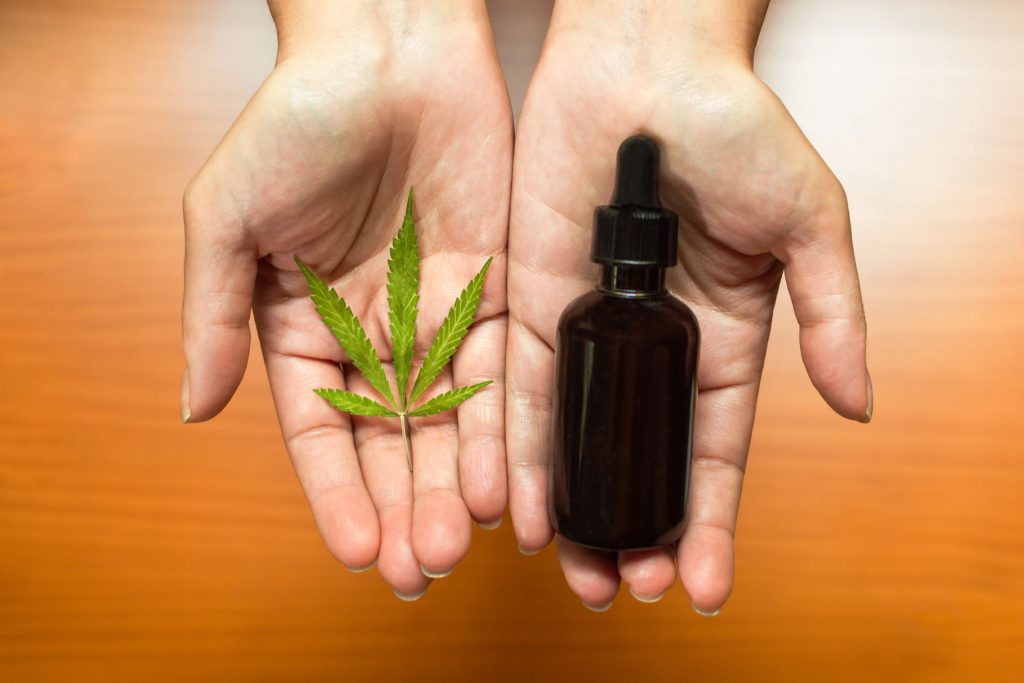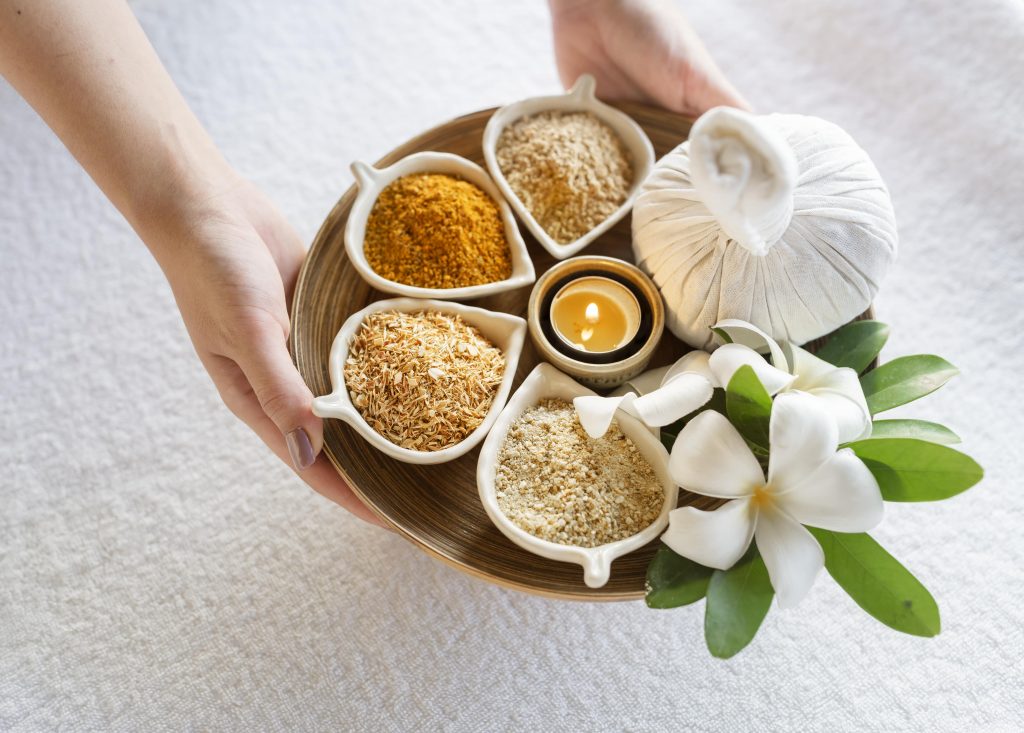Cosmetic dentistry refers to a range of dental treatments designed to improve your smile. These procedures can increase self-esteem and confidence levels.
Teeth whitening is one of the most sought-after cosmetic dental treatments. It can dramatically lighten teeth, giving you a brighter smile that you’ll be proud to show off! For best results you can have your teeth professionally whitened at Stephen Coates DDS (Doctor of Dental Surgery). However, if this is not possible you can try some home remedies by Santa Rosa Symphony.

1. How to whiten your teeth at home
With today’s advances in teeth whitening technology, there are more choices than ever to brighten your smile. From at-home kits to professional treatments, there are methods and products suitable for every budget and tooth type.
At-home teeth whitening can be a cost-effective way to brighten your smile without spending hundreds of dollars at the dentist’s office. However, it’s essential to remember that these treatments aren’t as powerful as those provided by cosmetic dentists.
The ideal at-home solution is to utilize trays provided by your dentist and practice good dental hygiene in between. Furthermore, schedule regular semiannual visits with your dental hygienist to guarantee that you are keeping your teeth clean and healthy.
For a safer option, you could try whitening toothpaste that contains hydrogen peroxide or whitening strips. Both options are safe and effective if used as directed; however, be sure to read the directions carefully and not use them too often.
Another DIY whitening solution is to apply activated charcoal directly on your teeth. Activated charcoal has long been used in detoxification and poisoning treatments, and it may work to lift surface stains as well.
Some people believe acidic fruits such as strawberries, lemons and pineapples can whiten teeth; however, while this is sometimes true, it isn’t always effective and could actually do more harm than good for your oral health.
According to the American Dental Association (ADA), apple cider vinegar should never be used on your teeth as it can damage their enamel and lead to tooth sensitivity. This is especially true if you already have sensitive teeth; thus, consult with your dentist before trying any at-home whitening methods.
2. Whitening toothpaste
Whitening toothpaste is a dental product designed to remove surface stains from teeth. Twice daily, you brush with this paste containing mild abrasives in order to wash away plaque and other residues that can lead to discoloration or other dental issues.
When selecting whitening toothpaste, it’s essential to look for one with an American Dental Association Seal of Acceptance. These products contain ingredients proven safe and effective, allowing you to see dramatic improvements in the brightness of your smile.
Some toothpastes are more abrasive than others, so be sure to read the label for instructions on use. Many whitening toothpastes also contain bleaching agents which lift stubborn stains from teeth and make them more visible, giving you a brighter, whiter smile.
New York cosmetic dentist Timothy Chase, DDS suggests Philips NiteWhite Professional Whitening Toothpaste as it promises six shades in five days of whiter teeth. With its custom trays, you can do the whitening yourself at home or get extra assistance from the dentist for maximum effect.
The American Dental Association states that all toothpastes are mildly abrasive and can help remove surface stains on your teeth. However, whitening toothpastes may be more abrasive than basic types or contain ingredients designed for more difficult surface spots, like sodium bicarbonate (commonly referred to as baking soda).
Most whitening toothpastes are safe and won’t harm your tooth enamel. However, some may cause sensitivity for those with sensitive teeth; therefore, it’s best to consult your dentist before using a whitening toothpaste.
3. Whitening strips
Whitening strips are an economical and fast-acting method of tooth whitening. They work by applying a layer of hydrogen peroxide onto your teeth, bleaching and lightening any stains or discolorations. Available in various strengths so you can pick one that’s ideal for you, whitening strips are a cost-effective and fast solution.
The American Dental Association (ADA) notes that whitening strips are generally safe when used correctly. They should not be left on for longer than recommended time or if you have sensitive teeth, as they could damage enamel.
Many whitening strips contain chlorine dioxide, which can do more harm than good to your teeth and cause more harm than good. If you are uncertain which type of strip to use, ask your dentist in Madison for their opinion.
Another drawback of whitening strips is they can chip away at the layer of dentin beneath your teeth’s enamel. This layer houses collagen and protein, essential components for maintaining teeth structure.
People often experience sensitivity after using whitening strips, so for best results it’s best to go natural with products like Lumineux. Furthermore, only use them for half their recommended duration in order to reduce any potential sensitivity issues.
Snow’s Magic Strips are an ideal choice for eco-conscious consumers, as they dissolve within 15 minutes and leave no waste behind. Furthermore, these strips may be suitable for those with sensitive gums since they do not contain any ingredients that could irritate the area.

4. Whitening gel
If you’re searching for a speedy way to whiten your teeth, whitening gel might be the solution. These products are widely available at drugstores and can whiten up to three shades faster than toothpaste alone.
Gels typically contain hydrogen peroxide or carbamide peroxide to remove surface stains and deeper discolorations on teeth, as well as potassium nitrate and fluoride for sensitivity reduction.
Dentist-dispensed whitening gels can be purchased through your dentist’s office or online. Usually, they come with a mold that fits over your teeth and should be worn for several hours.
Whitening gels may cause temporary gum irritation and soreness, but this will subside once the treatment wears off. Additionally, avoid hard foods like candy and chips after using the gel as they can damage enamel.
Another alternative is whitening strips, which are custom-fitted to your teeth and usually contain a thin layer of bleaching gel. They should be worn on the teeth for around 30 minutes to effectively lighten stains.
LED whitening kits and whitening pens are more cost-effective, but have a limited lifespan, need to be reapplied periodically, and aren’t safe for children.
Finally, teeth whitening gels may not be as effective as professional whitening treatments provided in the dentist’s office. These treatments target different stains and can whiten teeth up to several shades within just one appointment.
In-office whitening treatments are highly effective, with patients seeing results within days. Furthermore, they provide the most efficient means of removing stains from veneers and crowns.
5. Whitening trays
Custom teeth whitening trays are one of the safest, most effective, and affordable whitening options available. Made of plastic, these trays fit over each tooth to bleach them white; you can use them with or without a dentist’s supervision.
These dental appliances are a popular choice because they can be customized and fitted to each individual smile. Furthermore, they may even be molded to cover up teeth that have been stained by tobacco, food or other substances.
Over-the-counter whitening trays may run large and loose, while custom trays are specifically made to fit your mouth shape so that the gel is evenly applied across all teeth. This helps prevent leakage of gel into your gums which could cause irritation.
Tray whitening also allows patients to achieve better results by providing a consistent concentration of the whitening agent. It may take several sessions to achieve your desired result, but with patience and persistence you can have a brighter, whiter smile in no time!
There are a range of whitening kits available, from those distributed by dentists in their offices to those sold at drugstores or superstores. Some are more effective than others, so it’s essential that you do your research and find the one most suitable for your needs.
Dentist-dispensed at-home bleaching treatments, such as those using custom trays, produce similar initial color improvements to in-office bleaching treatments. However, in-office whitening typically includes an added light that accelerates the bleaching process and produces faster and more dramatic outcomes.
Trays typically don’t cause tooth sensitivity, but you may still experience some discomfort if your teeth are sensitive. To reduce this effect, be sure to brush and floss prior to applying whitening gel. Additionally, you may wish to rinse with cold water afterwards to further reduce sensitivity.
Various Ways How to Get Your Teeth White
A bright smile can do wonders for your self-confidence level, which is why many people are searching for ways to whiten their teeth.
There are numerous home-based remedies you can try to whiten your teeth at home. Some of these methods involve baking soda, brushing your teeth, and avoiding certain foods which stain teeth.

Brushing
One of the best ways to whiten your teeth is brushing. Brushing regularly removes food and other stain-causing particles from your teeth, helping prevent them from turning into plaque. Not only that, but it also cleans and freshens your breath while supporting healthy gums. Brushing is an excellent habit to practice at home for bright, white teeth that last.
Fluoride-containing toothpaste can prevent tooth decay and stains from forming. But make sure the toothpaste you use is free of harmful ingredients, with the correct amount of fluoride, plus floss your teeth regularly and visit your dentist for regular checkups.
Some people also use whitening toothpastes with abrasives, which help to remove surface stains. These abrasives are mild enough for your teeth and gums but tough enough to effectively take away surface dirt and grime.
Another solution is using toothpaste with activated charcoal, which is an naturally occurring substance found in some fruits and vegetables. Activated charcoal has large pores which absorb chemicals that could discolor your teeth.
Mouthwash can also be used before brushing to help eliminate bacteria responsible for bad breath. While this method is safe and efficient, be mindful not to brush too hard or often.
Brushing your teeth with strawberry juice has been known to whiten them, particularly if done correctly. Strawberries contain malic acid which helps remove stains from the surface of your teeth.
Some people use hydrogen peroxide as a mouthwash to whiten their teeth. Although this method works effectively, it should only be done a few times a week due to its potential harshness on teeth.
Chewing sugarless gum is an effective way to clean away stains on your teeth. This natural method washes away food residue such as coffee, tea and wine while stimulating saliva production – another key factor in brushing away food particles and other debris from teeth.
Banana Peel
Bananas are an incredibly popular snack, and for good reason: they’re nutritious and delicious. Furthermore, bananas contain vitamins and minerals that promote healthy teeth, bones, and gums.
Are you searching for an inexpensive way to whiten your teeth without breaking the bank? Consider using banana peels as a whitening agent. According to this method, the high levels of potassium, magnesium and manganese found in bananas will absorb into tooth enamel to produce whiter teeth as they are absorbed.
Though there is some anecdotal evidence to support this claim, there isn’t any scientific proof that banana peels actually whiten teeth. Rather, they act as a gentle exfoliant and will remove surface stains from your teeth’s exterior.
Banana peels contain no bleaching chemicals or abrasives that can reach deep inside your teeth to remove stains, giving you a brighter smile but one that may not be as white as desired.
Before trying any tooth whitening technique, it’s always wise to do your research. There are many false claims out there and be wary of home remedies based on social media hype.
Furthermore, many alleged teeth whitening products contain acid that could actually harm your teeth instead of improving their appearance. The American Dental Association suggests avoiding foods high in acid content like strawberries, lemons and oranges to avoid any potential damage from occurring.
It is not recommended to eat the skins of fruits that claim to whiten your teeth, and most bananas contain too much sugar for any tooth-whitening treatment to be successful.
Are you in Garland, TX and looking for a brighter smile? Your Garland dentist has the solution! Our professional-grade teeth whitening treatment will leave your pearly whites looking whiter than ever.
There are other methods to whiten your teeth. Brushing with baking soda, using lemon juice to rinse your mouth, or even chewing gum are all effective options; however, the most effective solution for getting whiter teeth lies in seeing your Garland dentist for professional-grade teeth whitening treatment.
Baking Soda
Baking soda is a household item and many people use it as an effective way to whiten their teeth. While baking soda can be effective, there are other methods which work better and last longer.
Brushing your teeth with baking soda can help whiten them by breaking down plaque. While this helps prevent gum disease and tooth decay, be aware that it does not eliminate all bacteria completely.
However, baking soda may weaken or soften the glue or adhesive holding braces and other dental fixtures in place, so use with caution. If you have any queries about using baking soda to whiten your teeth in Chicago, be sure to speak with your dentist during your next appointment about it.
Baking soda can be used as an effective natural stain remover and bleach by either dipping your toothbrush in it or mixing it with other ingredients. Some people even mix baking soda, hydrogen peroxide, and lemon juice together for an even whiter result.
Another method for using baking soda to whiten your teeth is mixing it with apple cider vinegar. The acetic acid in apple cider vinegar helps kill bacteria and remove dental stains, but be sure to rinse your mouth thoroughly afterwards.
If you don’t have time to mix these ingredients thoroughly, a teaspoon of baking soda and some water can be combined to form a paste. After brushing your teeth for two minutes with this solution, rinse your mouth out.
Some people don’t enjoy the sensation or taste of brushing their teeth with baking soda, so to combat this you can use toothpaste or other flavors instead. Although you will still get that grittiness in your mouth after using just baking soda, it may be less unpleasant than brushing with just the baking soda alone.
You can also mix a teaspoon of baking soda with some hydrogen peroxide and rub it on your teeth for bleaching purposes. However, keep in mind that this method requires more frequent applications than other methods in order to see results.
Lemon Juice
Lemons can be an effective way to whiten your teeth, but it’s essential you know how to use them correctly. Avoid directly applying lemons onto your teeth as this could cause serious damage; instead, brushing with toothpaste containing baking soda and hydrogen peroxide on a regular basis should be your goal.
Drinking lemon water regularly can help maintain the health of your teeth. Doing so helps limit exposure to citric acid, which can erode tooth enamel over time.
Making lemon juice is easy: purchase two ripe lemons and cut them open. Squeeze the juice into a glass container with some water added, then store in an airtight container at room temperature until use.
Another way to make lemon juice is by purchasing pre-squeezed juice. These come in various flavors and are easier to store than fresh lemons; however, if you want the juice to stay fresh for longer storage periods, freezing is recommended.
When freezing lemons, they can last up to three months in the freezer. When ready to use them, microwave them for about 30 seconds in a microwave oven until soft to the touch and ready for use.




